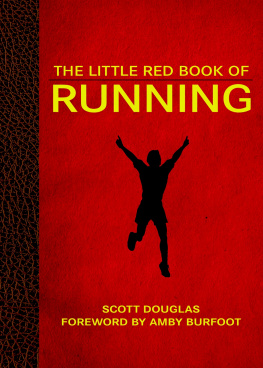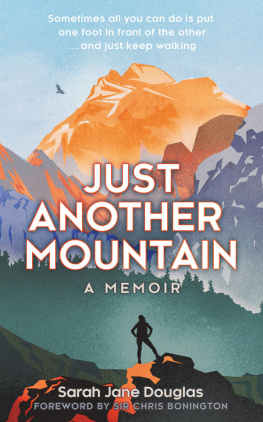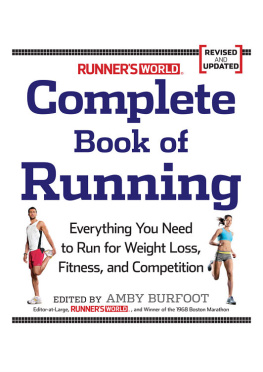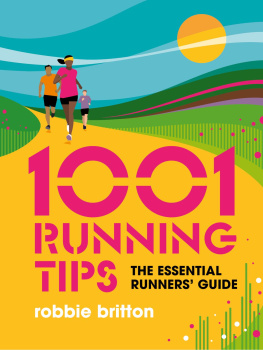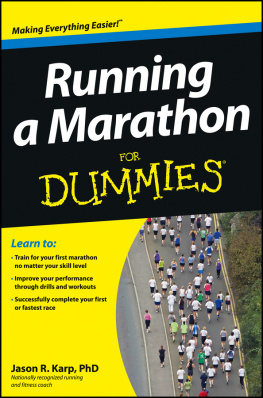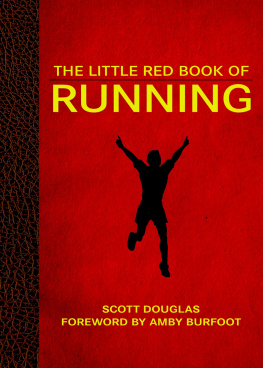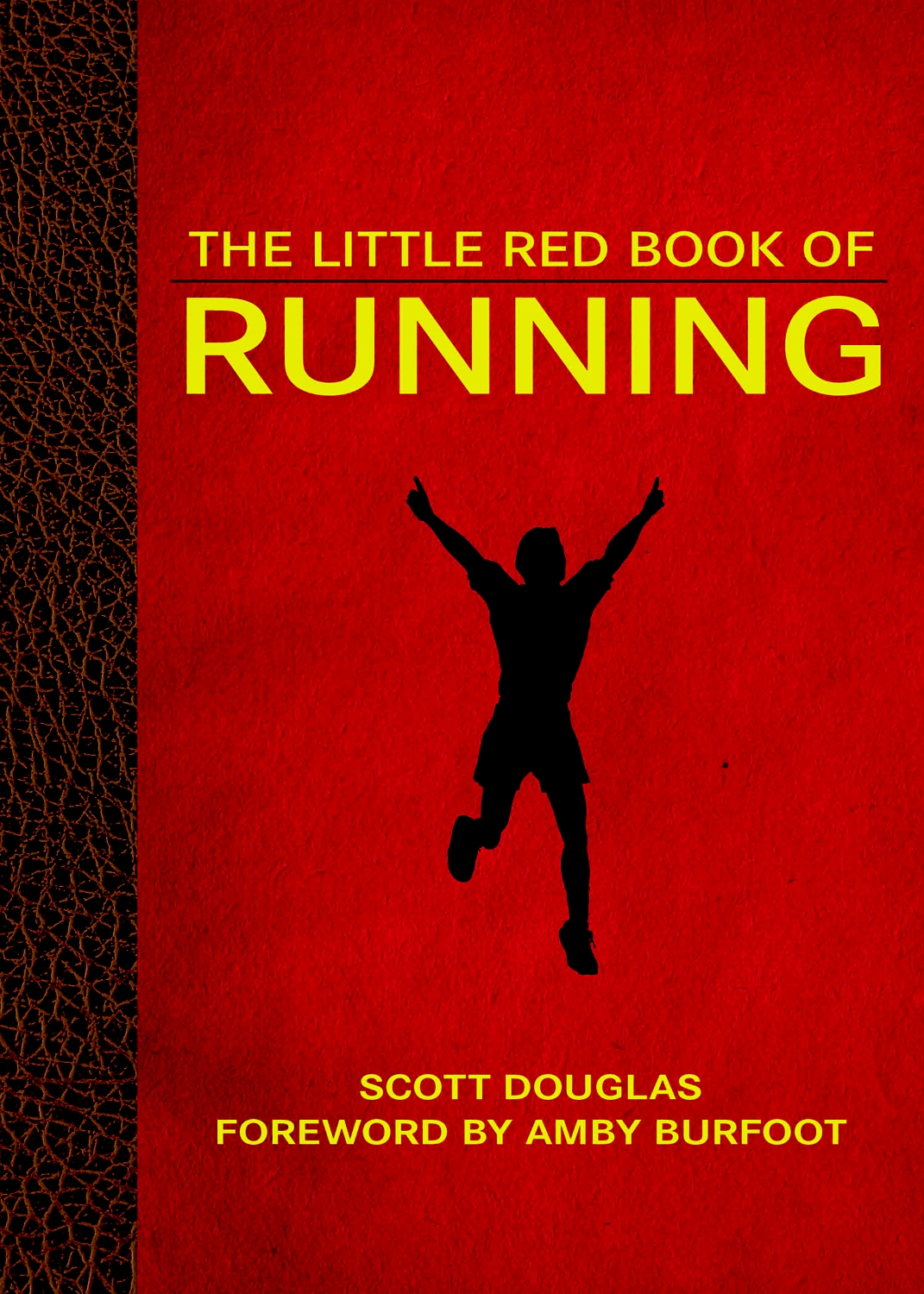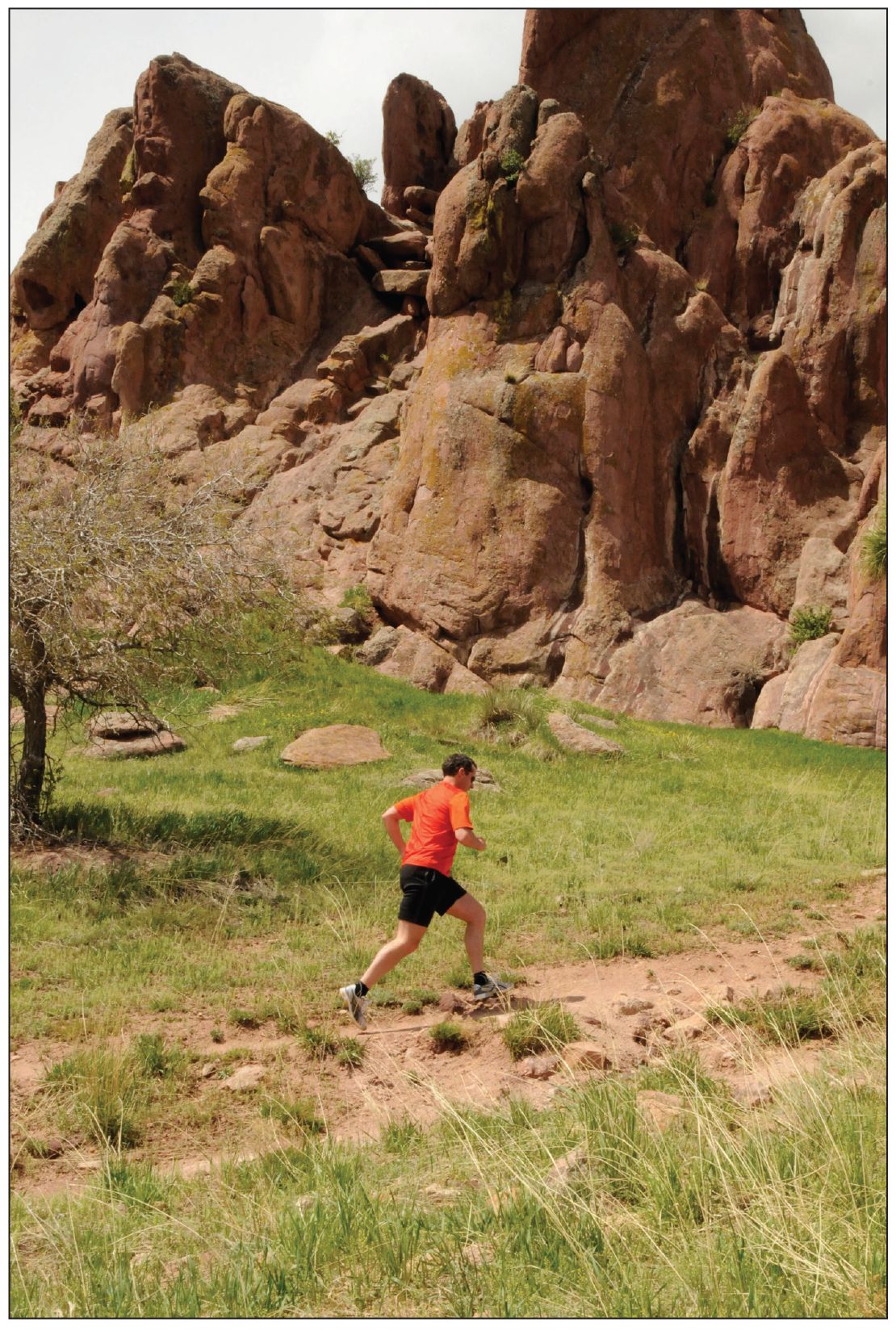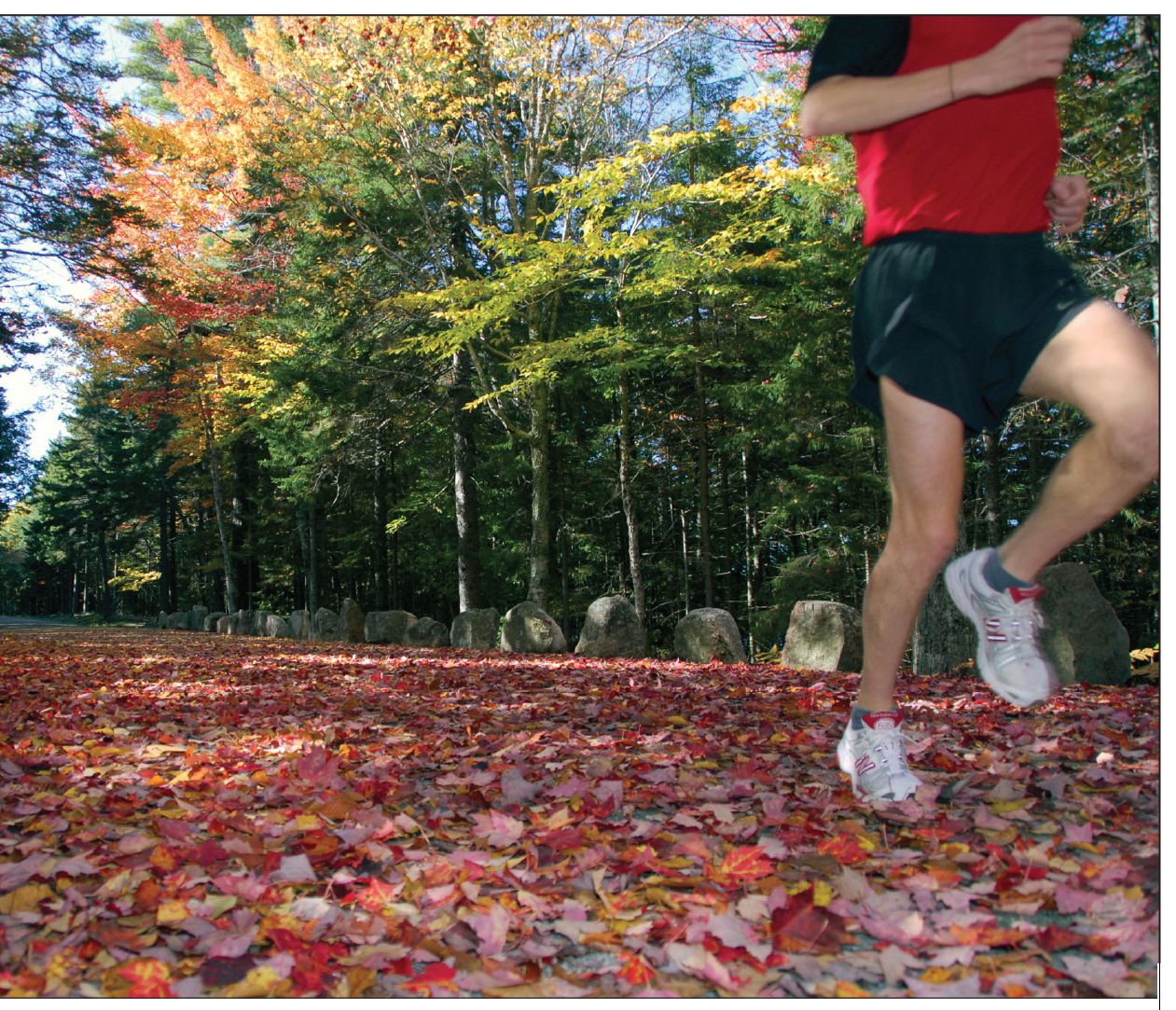T hanks to Bill Wolfsthal of Skyhorse Publishing for bringing this project to life; to Amby Burfoot for honoring me by writing the foreword; to Meredith Freimer for listening to me babble on about this book during long runs together; and to the photographers whose work herein captures the spirit of enjoyable running: Jonathan Beverly, Stacey Cramp, Brian Metzler, Alison Wade, and Joel Wolpert.
A Crucial Opening Thought
T here are no junk miles. You may have heard otherwise from well-meaning people. Junk miles, theyll tell you, are miles that you do just to do, maybe to reach a more impressive weekly mileage figure, maybe just because youve noticed that good runners tend to run a lot and youve therefore concluded that more is better. Junk miles, theyll say, are wasted time, because they dont help you reach your running goals.
Dont believe them. Allow me to repeat: There are no junk miles. If youre not injured so badly that youre altering your form, or so sick that you feel much worse after running, then its all good.
People who warn of junk miles often point out the law of diminishing returns. After x number of miles per week, theyll say, the benefit from any one run really starts to decline. And theyre right. But diminishing returns are still returns. If youre motivated enough to run a little extra in search of a little more fitness, have at it.
Even if you think a run doesnt advance your fitness, it has other benefitspromoting blood flow, clearing your mind, getting you away from the computer, burning calories, getting you out in nature, helping you spend time with friends, giving you muchneeded time by yourself, maintaining the rhythm of good training, and infinitely so on. These aspects of running that have little to do with peak performance are usually ignored by people warning of junk miles. There a million reasons to go for a run today that have nothing to do with running faster next weekend. The more of them that appeal to you, the less reason there is to believe in junk miles.
A Crucial Second Thought
L et me be clear from the outset: Im not saying that more running is always better, either for your running performance or the rest of your life. Obviously theres a point where running more is an overall negative.
But most of us are never at risk of reaching that point. Even among longtime ambitious runners, most of us are in shape to get in shapeweve never really tested the limits of our running potential. And thats fine. Certainly most of us have several other claims on our time and energy, and working twice as hard to improve another 10 percent as a runner might not make sense to you.
But it doesnt follow from that acknowledgment that anything more than what youve become used to is a waste of time, or that experimenting with bumping up your set point will inevitably lead to injury or burnout. How do you know if youve never tried? Again, no one is saying you have to try. But if you want to, dont be scared off by vague warnings of overtraining or staleness. Yes, when you try to push past your current limits, you might get tired. That will pass. As long as you go about advancing your running fitness intelligently, you can avoid injury while becoming fitter than you might have thought possible.
The First Step in Running More
S low down. Most people who feel stuck at a certain level of running are simply running too many of their runs too fast.
Try this thought experiment: Lets say you want to tack on an additional 15 minutes to most of your daily runs. Would you be able to do so by doing your normal run and then sprinting for 15 minutes? No. Would you be able to do so by doing your normal run and then walking for 15 minutes? Of course. Would you be able to do so by doing your normal run and then continuing on at that pace for 15 minutes? Probably, but it would be difficult, and if you tried to do it every time you ran, youd either start to be unable to hold the pace or you wouldnt even try because every run would have become too much of a challenge. So the right pace in this scenario is somewhere between a walk and a little slower than your current normal pace.
Apply that thinking to your running as a whole when you want to run more. If you want to run more on each run, run at least the first half of the run slower than you do now. If you want to run more days per week, run each day a little slower than you have been when running fewer days per week.
The Right Effort for Running More
I n saying to slow down to best be able to handle more running, Im not talking about minutes per mile slower than normal. I mean to ease back from your usual effort level to where you have a good balance between feeling like youre running with your normal form and feeling like your perceived effort is lower than usual. You should have the feeling of storing up energy more than slowly leaking it. As opposed to the feeling of I could keep going at this pace if I had to, but Id rather not, and anything much faster would be a real strain, aim for I could keep going at this pace for at least as long as Ive been out, and if I had to pick it up for the next 5 minutes, I could easily handle that.
When youre trying to bump up your mileage, be mindful of your breathing. It should be easy and light throughout these runs. Let the duration be the limiting factor. That will be manifested more in muscular fatigue, the sign that youre properly pushing your limits ever so slightly. If youre breathing hard for most of the run, youre never going to be able to run far enough to reach that desired state of muscular fatigue.
First cover the distance. Then worry about covering it faster.
When Trying to Run More, Let the Pace Come to You
T he best way to be at the proper gentle effort when youre trying to run more is to start more slowly than you think is necessary. Instead of forcing things so that youre at the pace you should be by the time youve gone around the block, start at a trot. As your heart rate increases gradually and your muscles start to warm up from a gently increasing blood flow, youll naturally feel like running faster, without even having to think, OK, now I feel ready to run faster. Within 10 or 15 minutes, youll find that youre running much faster with almost no increase in your perceived effort.
In Fact, Always Let the Pace Come to You
E ven if youre not trying to run more, start out a lot slower than youll be running when you finish. Easing into runs and gradually picking up the pace as feels comfortable is one of the keys to making more runs enjoyable and fruitful.
This isnt how most of us go about it, of course. We have an idea how fast we should be running, and we do our damndest to get to that pace as quickly as possible. Otherwise, we think, were wasting our time. We think were almost cheating, like were not working hard enough to get in a real workout.

